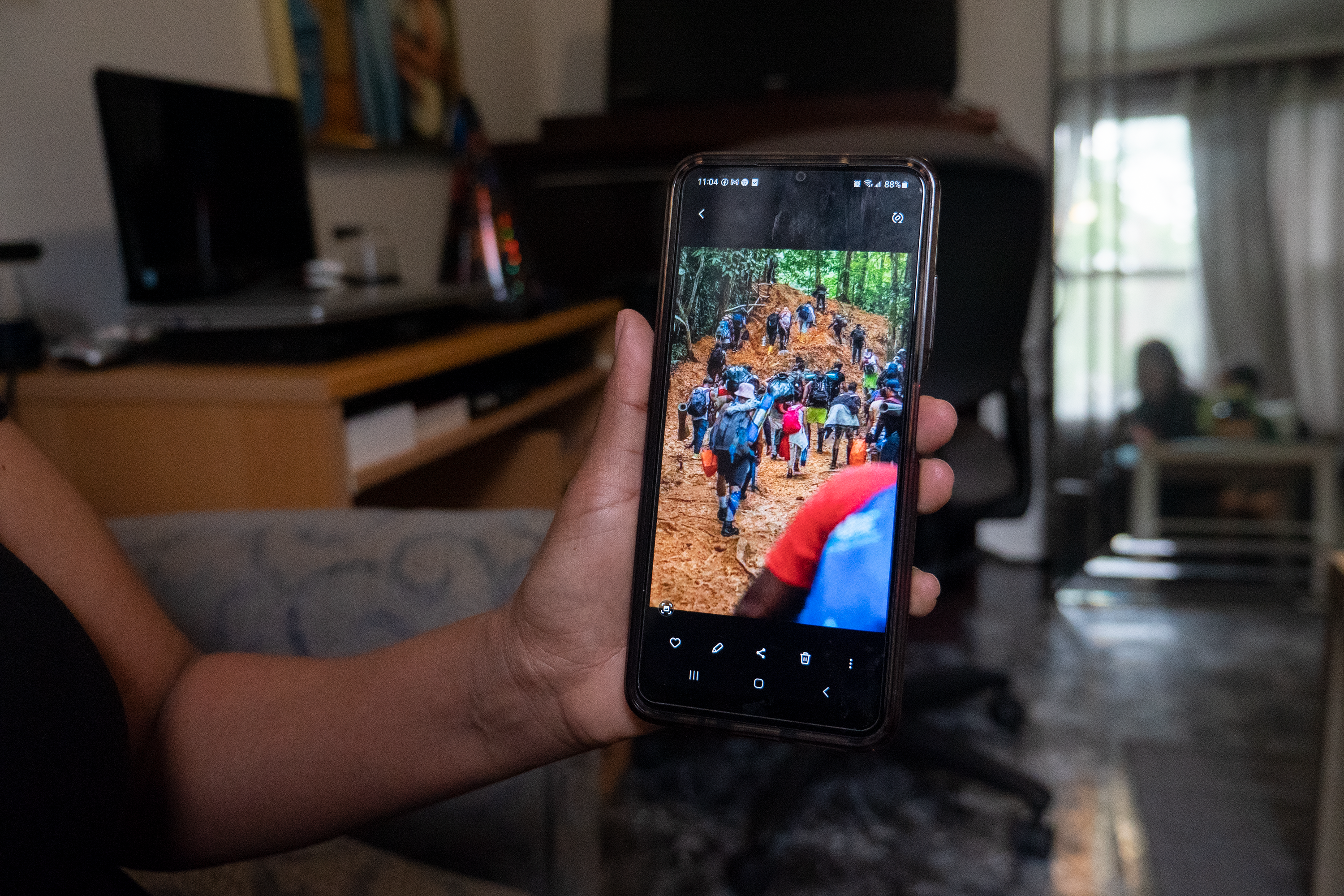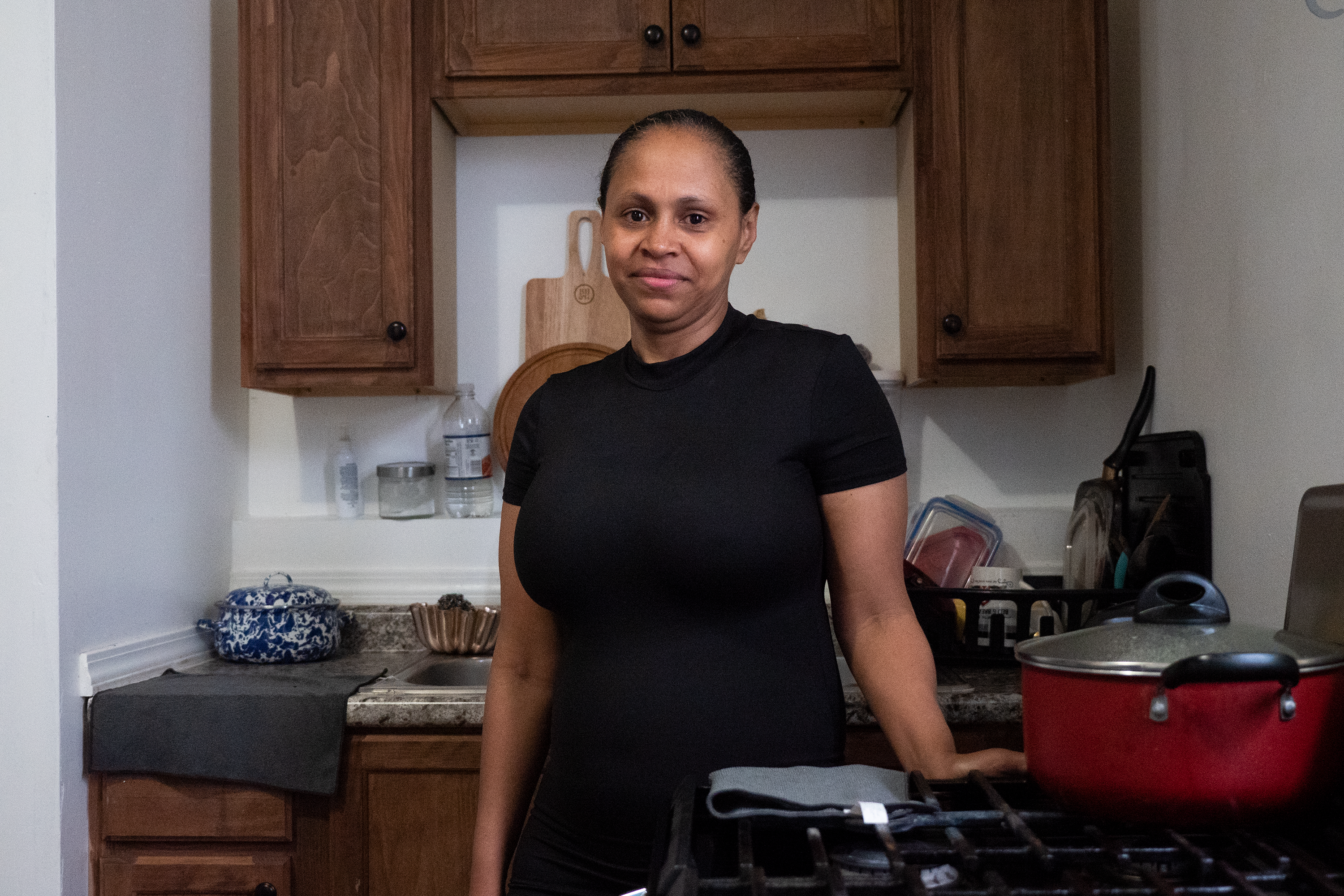More than 8,500 migrants, many from South and Central America, have arrived in Chicago since August of last year. The vast majority were bussed to the city by government officials in Texas.
The number of people crossing the U.S.-Mexico border is expected to grow now that the federal government lifted Title 42, a pandemic-era policy that prevented people from seeking asylum at the border, on Thursday.
The city and community organizations have been scrambling to set up shelters and offer basic necessities like clothing, food, diapers and medicine. But it’s been impossible to keep up with the demand. And the lack of designated shelters has forced some new arrivals to sleep in police stations and public park buildings.
All these events take us to this week’s question from Curious City listener Jairus Durnett, who wanted to know whether the migrants who arrived last summer are getting the support they need. Plus, he asked whether the Chicago metro area is prepared to help the continuing waves of people coming from southern border states.
To help us answer those questions, we follow Carolina Sandoval. The 46-year-old and her husband left their home in Caracas, Venezuela last year. She was on one of the first buses that arrived from Texas early last fall, and was greeted by none other than Mayor Lori Lightfoot herself when she stepped off the bus.
Since then, Carolina has navigated a complicated web of city services to make a life for herself in Chicago. It’s been challenging, but her story is an example of what’s possible when there are concerted efforts by both the city and community organizations.
But recently, the situation has become more difficult. In the last month, the number of migrants seeking shelter in Chicago increased from about 10 each day to about 125, according to city officials. That number is expected to swell even further as more people cross the U.S.-Mexico border. So while it was already hard for Carolina and others like her who arrived last fall, it's much more challenging for those arriving today.

A difficult journey
Carolina knew fleeing Venezuela to seek asylum in the U.S. would be dangerous, possibly even fatal. But she says she and her husband had no other choice but to leave their life behind because of the violence and economic collapse they faced back home.
Under President Nicolas Maduro, the minimum wage in Venezuela fell to about $5 per month, and residents were subjected to groups called colectivos — people who work for Maduro and force residents to pay hefty fees in order to stay in their homes or go about their daily lives.
Carolina and her husband endured exhaustion and sickness through the treacherous hike through the Darien Gap between Colombia and Panama. The smell of dead bodies filled the air, Carolina recalls, and women they traveled with said they’d been raped and robbed.
At the border in Texas, Carolina spent two weeks in a detention center where she was separated from her husband. She was eventually given a choice to board a bus to New York or Chicago. Chicago seemed more manageable than New York, so she chose Chicago.
Last summer, Chicago officials and community organizations created an emergency plan to assist migrants and set them up in emergency shelters around the city. As part of that effort, Carolina was taken to a YMCA shelter when she arrived in the city. Soon after, officials moved her and her husband — along with many other asylum seekers — to a suburban hotel near O’Hare airport where they stayed for months.
Out in the suburbs, it was harder for Carolina to get around and look for a job. She needed to make money to help her sons on their journey to the U.S.
“I kept saying, ‘God, what am I going to do now?’” Carolina said in Spanish. “We had no money and one of my sons was already in Mexico.”
While the situation was extremely challenging, volunteers from groups like Catholic Charities have helped Carolina and others like her connect with case workers and eventually find more stable housing.
Carolina and her husband received three months of rental assistance and moved to an apartment on the Southwest Side in January. She now has her own bed, a T.V. and a living room set — much of which has been donated.
“Sometimes I think about it and ask myself, ‘Is this a dream?’” Carolina said. “Having this, after losing it all? I never imagined living in Chicago.”
She and her husband found side jobs cleaning offices. Soon she’ll start paying rent on her own.
Like Carolina, many migrants who arrived in that first wave have since left the temporary shelters and gained a similar sense of stability and independence.

What comes next?
Since the first wave of migrants arrived in Chicago, things have changed dramatically. The fragile systems the city put in place are at a breaking point. The number of people arriving daily has increased tenfold.
Sally Blount, President and CEO of Catholic Charities, says city officials and service providers are building the infrastructure to help migrants as demand grows. She compares this crisis to the early days of the COVID-19 pandemic, when social service providers had to improvise as new challenges arose. That is becoming increasingly difficult, but Blount says organizations will continue to do their best to help.
“All we can do is [work] family by family, person by person,” Blount said. “... We're called to simply open our arms and do the best we can do.”
Angie Lobo is the executive director of the Indo-American Center, one of the organizations that received and worked with migrants coming from the YMCA shelter where Carolina stayed when she first arrived in Chicago. Lobo says she hopes that there are lessons learned from the response to the pandemic that could apply here, too. “[Initially] it felt a little chaotic,” she recalls. “But eventually, we started coordinating [and] money started coming in to help with that coordination.”
This latest influx of migrants has led outgoing Mayor Lori Lightfoot to declare a state of emergency. At a press conference Tuesday, she said she hopes it will free up more resources and help Chicago make the case for state and federal funding.
As for Carolina, she’s been reunited with the rest of her family. That includes her husband, stepson, two sons and daughter-in-law — all living together in a two-bedroom apartment. Last month, her grandson was born. He is the first member of their family to be a U.S. citizen.
Carolina and her family still face challenges ahead as they try to find a legal path to live and work in the U.S. Applying for asylum is not easy; denial rates have historically been high.
Still, Carolina is optimistic. She has to be, she says, because going back to Venezuela is not an option. For now, she’s going to keep working hard and fighting to stay independent. She’s even dreaming of opening up her own Venezuelan restaurant.
Adriana Cardona-Maguigad is Curious City’s reporter. Follow her on Twitter @AdrianaCardMag.


